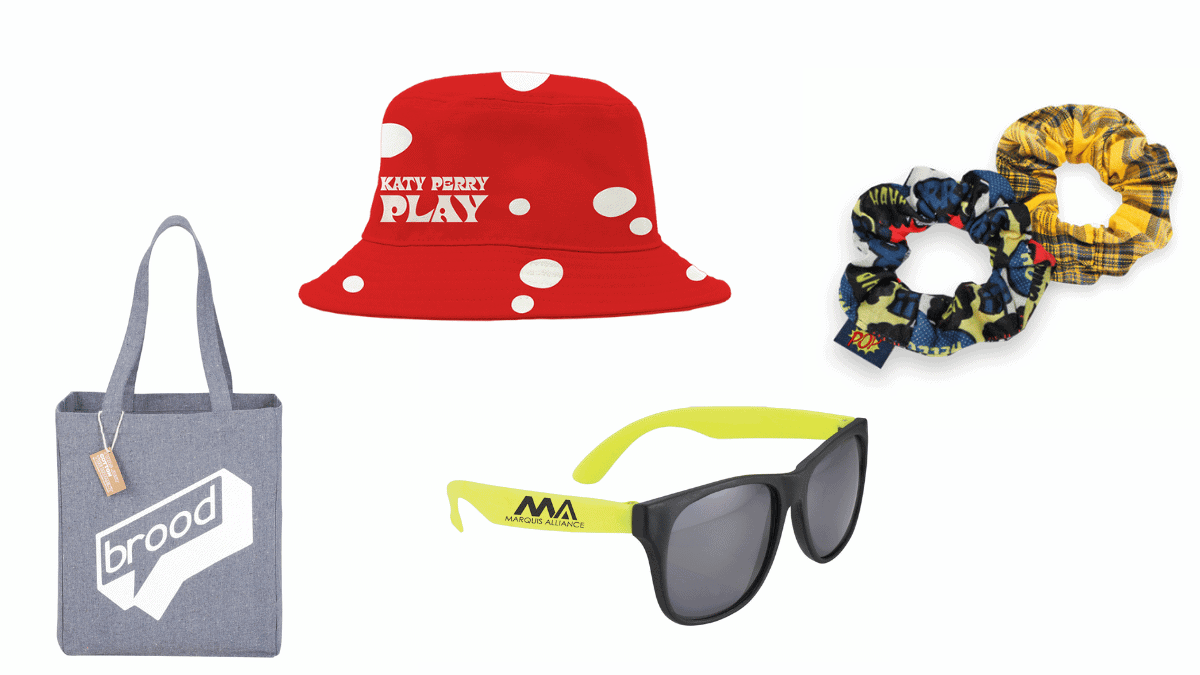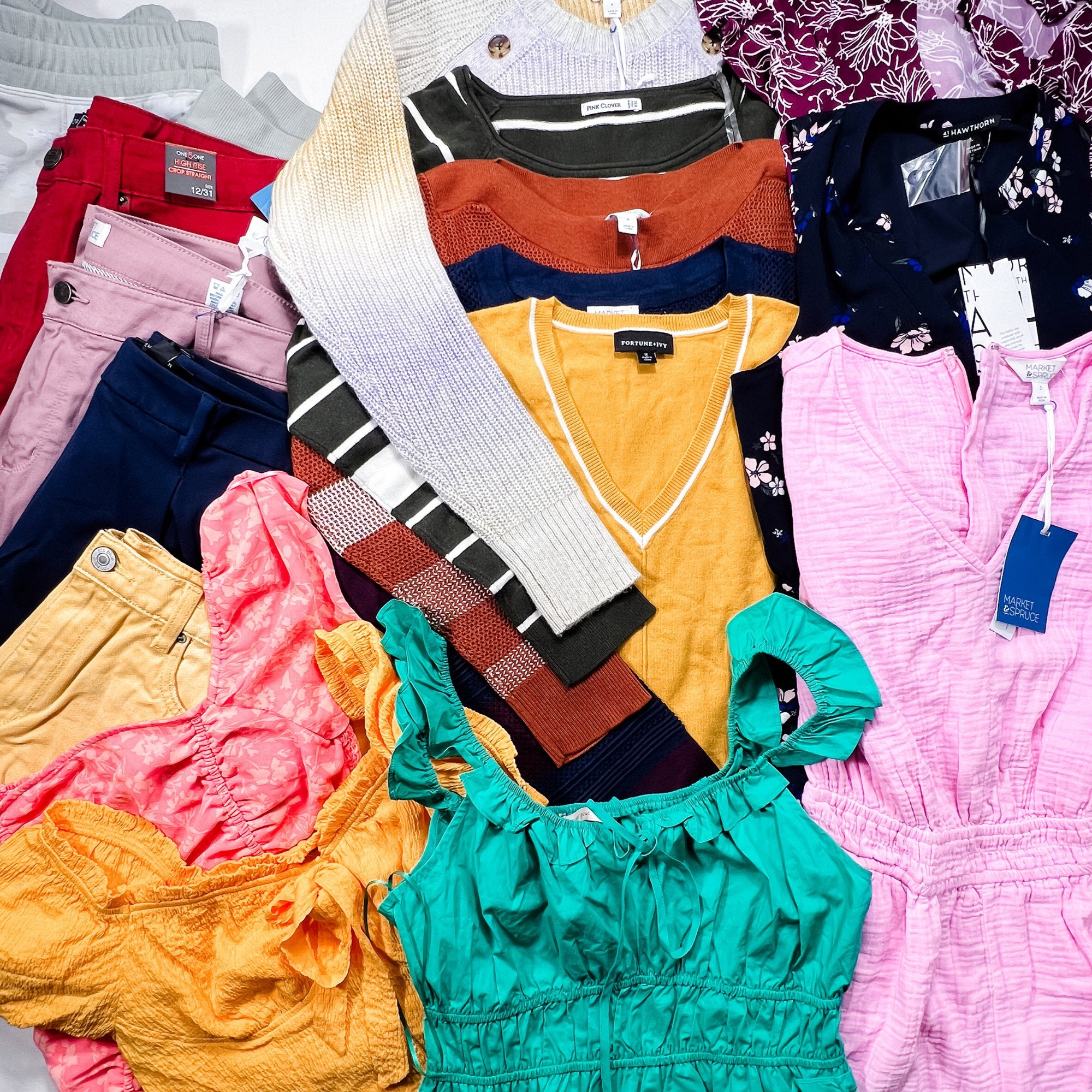Recognizing Clothing: The Relevance of Fabric Selections in Your Closet
The selection of textile in clothing plays a pivotal role in both visual appeals and capability. Different products use differing degrees of durability, breathability, and convenience, straight influencing the wearer's experience. Comprehending these subtleties can enhance one's wardrobe significantly. Lots of forget how these options can influence not simply personal design, however likewise sustainability. What material decisions could redefine your closet and align it with both design and responsibility?
The Function of Material in vogue and Performance

Common Textile Kinds and Their Qualities
When picking garments, understanding the characteristics of typical material types is crucial for making educated choices. Cotton, a widely-used natural fiber, is understood for its gentleness, adaptability, and breathability, making it ideal for informal wear and everyday garments. Bed linen, an additional natural alternative, flaunts outstanding moisture-wicking buildings and an unique structure, perfect for cozy climates.Wool, usually preferred for its heat and durability, differs in fineness; merino woollen is soft versus the skin, while coarser kinds are utilized for outerwear. Synthetic materials like polyester and nylon offer resilience and resistance to wrinkles, making them preferred for activewear and traveling garments. Blends, which incorporate all-natural and artificial fibers, can enhance performance while maintaining comfort. By identifying these material qualities, individuals can pick garments that aligns with their way of living and visual preferences.
Breathability and Convenience: Choosing the Right Fabrics for Various Environments
Selecting the appropriate materials for various climates can significantly improve comfort and overall wearability. Breathable materials are important in warm environments, as they enable air blood circulation and wetness dissipation. Fabrics such as cotton, bed linen, and moisture-wicking synthetics efficiently attract sweat away from the body, keeping the user cool and dry. On the other hand, in chillier environments, thicker materials like wool or fleece supply insulation while keeping breathability, guaranteeing warmth without overheating.Additionally, the choice of fabric weight plays a vital duty; lightweight fabrics are more suitable for summer season, whereas heavier alternatives are matched for wintertime wear. Understanding the one-of-a-kind buildings of each fabric allows people to dress suitably for differing weather. Ultimately, choosing breathable and comfy materials tailored to specific climates can substantially improve everyday comfort and improve the total experience of putting on clothing.
Longevity and Treatment: Exactly How Material Impacts Longevity of Your Closet
Choosing the right materials can substantially affect the resilience and care needs of a closet. Fabrics such as cotton and polyester are known for their strength and simplicity of maintenance, making them perfect for everyday wear. In contrast, delicate products like silk and lace call for even more cautious handling and specialized cleaning techniques, which can raise the moment and initiative required for care. Branded Clothing.Durability is likewise influenced by the material's weave and finish; securely woven textiles have a tendency to withstand deterioration far better than loosely woven alternatives. Additionally, synthetic blends frequently supply boosted longevity, integrating the best qualities of several fibers.Understanding the treatment instructions for each textile is necessary, as improper drying or cleaning can cause premature wear. Eventually, choosing long lasting materials can result in a longer-lasting closet, decreasing the frequency of replacements and adding to a more lasting style option
The Influence of Material on Fit and Silhouette

Sustainable Material Choices: Making Eco-Friendly Decisions
The impact of material prolongs beyond fit and silhouette to include environmental factors, triggering an expanding my latest blog post interest in lasting fabric selections. Environmentally friendly textiles, such as natural cotton, hemp, and Tencel, are getting grip amongst consumers who prioritize sustainability in their closets. These products are usually generated with fewer chemicals and water, reducing their eco-friendly footprint.Additionally, recycled materials, made from post-consumer waste, offer an ingenious solution to the textile market's air pollution issue. Brands increasingly embrace transparency in their sourcing techniques, allowing consumers to make enlightened decisions concerning their purchases.Choosing sustainable materials not only sustains honest methods yet additionally encourages the apparel industry to adopt even more liable production methods. As understanding of environmental issues climbs, people are urged to mirror on the long-lasting impact of their material choices, cultivating a movement towards an extra lasting and ecologically conscious strategy to fashion.
Raising Design: Exactly How Fabric Can Change an Outfit
While lots of may focus on shade and cut when selecting an outfit, the option of fabric plays a crucial role in boosting style and boosting total appearance. Various products share unique moods and messages; as an example, silk emanates deluxe and class, while denim supplies he has a good point a laid-back, relaxed vibe. The structure and drape of a fabric can significantly alter the silhouette, with structured fabrics giving a polished look and softer ones producing a more fluid, loosened up aesthetic.Moreover, the weight of the textile influences wearability throughout seasons. Lightweight materials like bed linen and cotton are suitable for summer, while heavier materials such as woollen and velour offer heat and sophistication in cooler months. Recognizing textile properties, such as breathability and stretch, likewise equips individuals to make educated choices that improve convenience without compromising style. Ultimately, the ideal textile can transform an attire from normal to phenomenal, making it a crucial factor to consider in any type of wardrobe.
Regularly Asked Inquiries
How Do I Determine the Fabric Material of My Apparel?
To determine textile material, one can check out care tags, conduct burn tests for fiber recognition, or consult material swatches. These techniques help set apart materials, ensuring educated choices for clothes care and maintenance in everyday wear.
Can Material Choice Affect My Mood or Self-confidence?
Textile selection can substantially impact an individual's state of mind and self-confidence. Branded Clothing. Particular products might evoke feelings of convenience or beauty, while others can really feel limiting or uncomplimentary, inevitably affecting self-perception and emotional health throughout the day
What Fabrics Are Best for Delicate Skin?
For people with delicate skin, natural materials like bed linen, cotton, and bamboo are often suggested. These materials are breathable, hypoallergenic, and much less most likely to trigger irritation, making them appropriate options for comfort and skin wellness.
Just how Do I Appropriately Clean and Look After Different Fabrics?
To correctly clean and care for various textiles, one should take into consideration each material's particular needs, consisting of temperature setups, detergents, and drying approaches, making sure durability and maintaining the material's initial qualities for suitable usage.
Are There Particular Fabrics for Athletic or Performance Use?
Sports or efficiency wear often utilizes materials such as nylon, polyester, and spandex. These materials are developed for moisture-wicking, breathability, and flexibility, improving movement and convenience during exercises while supplying resilience and assistance. Conversely, in chillier climates, thicker textiles like wool or fleece supply insulation while maintaining breathability, making certain warmth without overheating.Additionally, the selection of material weight plays an important function; lightweight more helpful hints materials are preferable for summer, whereas much heavier alternatives are suited for winter season wear. In comparison, delicate materials like silk and shoelace require more cautious handling and specialized cleansing methods, which can boost the time and initiative needed for care.Durability is likewise influenced by the material's weave and finish; securely woven fabrics have a tendency to stand up to wear and tear far better than freely woven choices. In contrast, inflexible textiles can restrict motion yet offer a timeless, refined look.Moreover, the density and structure of the fabric can affect the visual assumption of body shape. The influence of material extends past fit and shape to include environmental aspects, motivating an expanding rate of interest in lasting material selections. The appearance and drape of a textile can drastically change the silhouette, with organized materials providing a polished look and softer ones creating a more fluid, loosened up aesthetic.Moreover, the weight of the textile influences wearability throughout seasons.